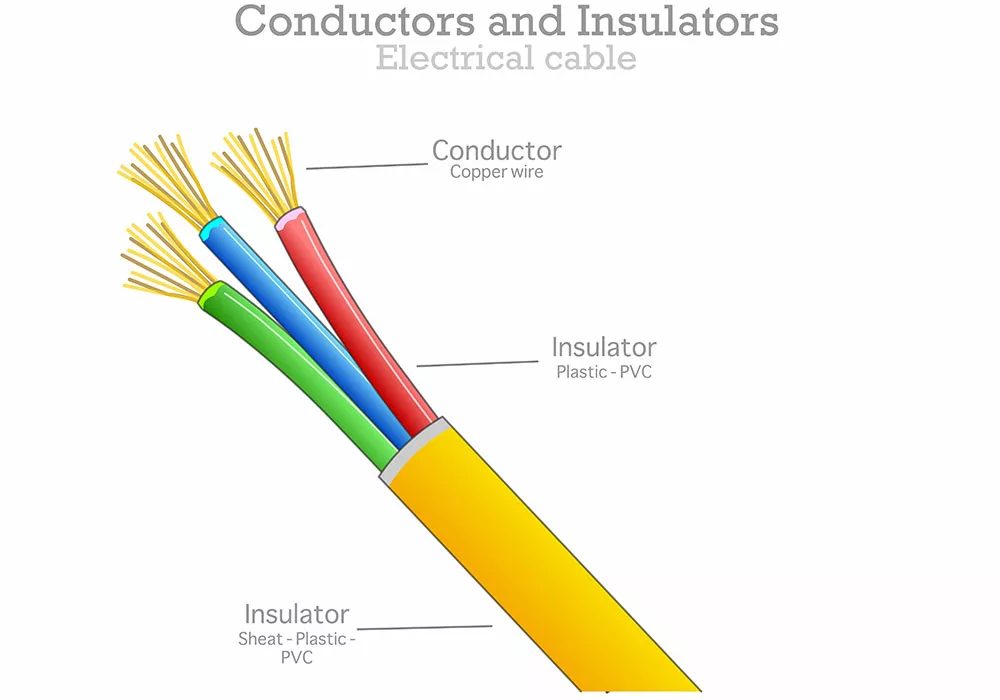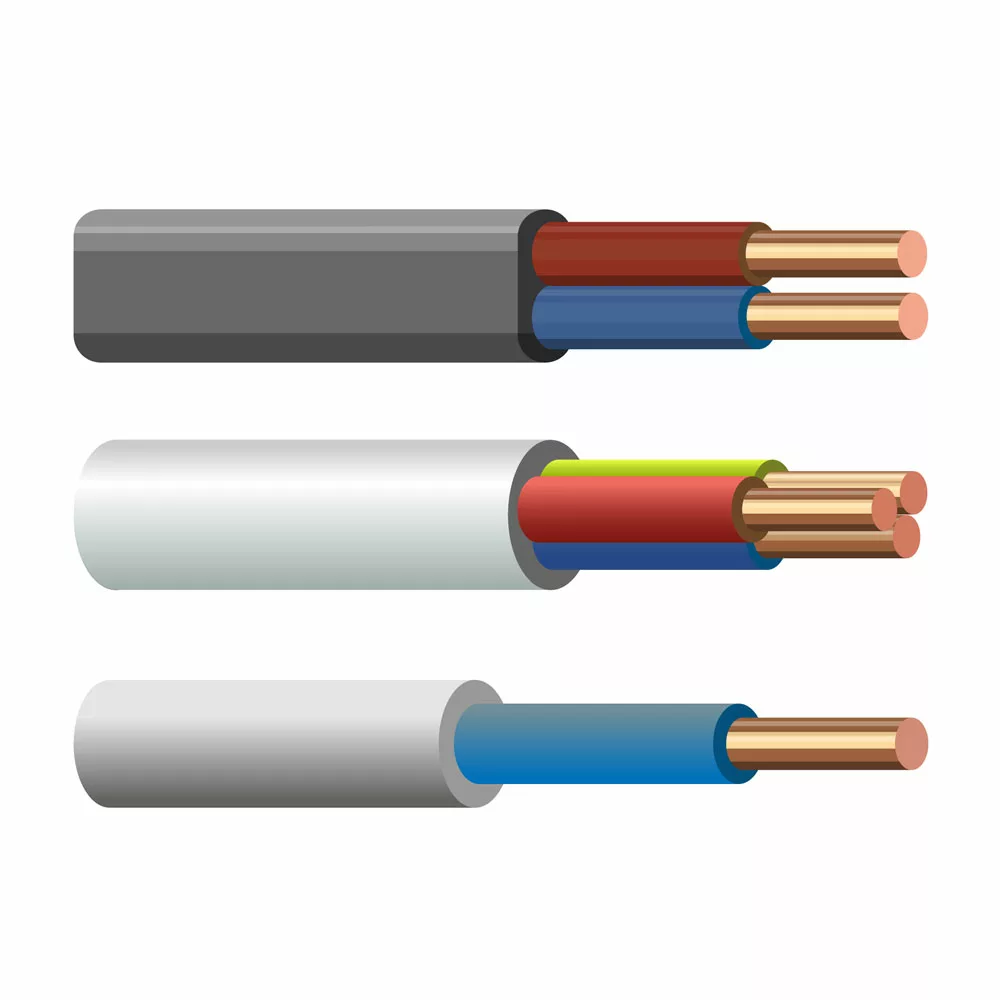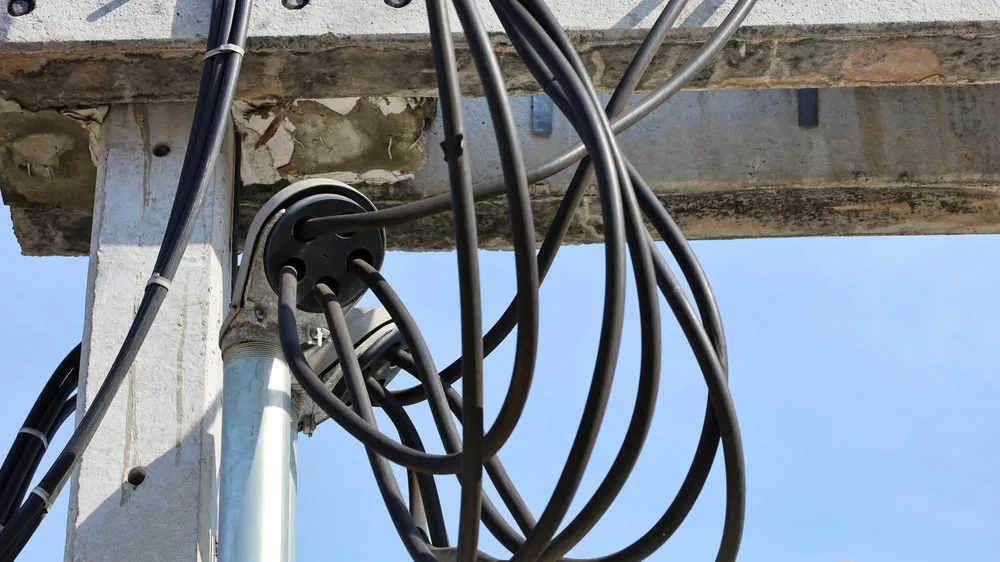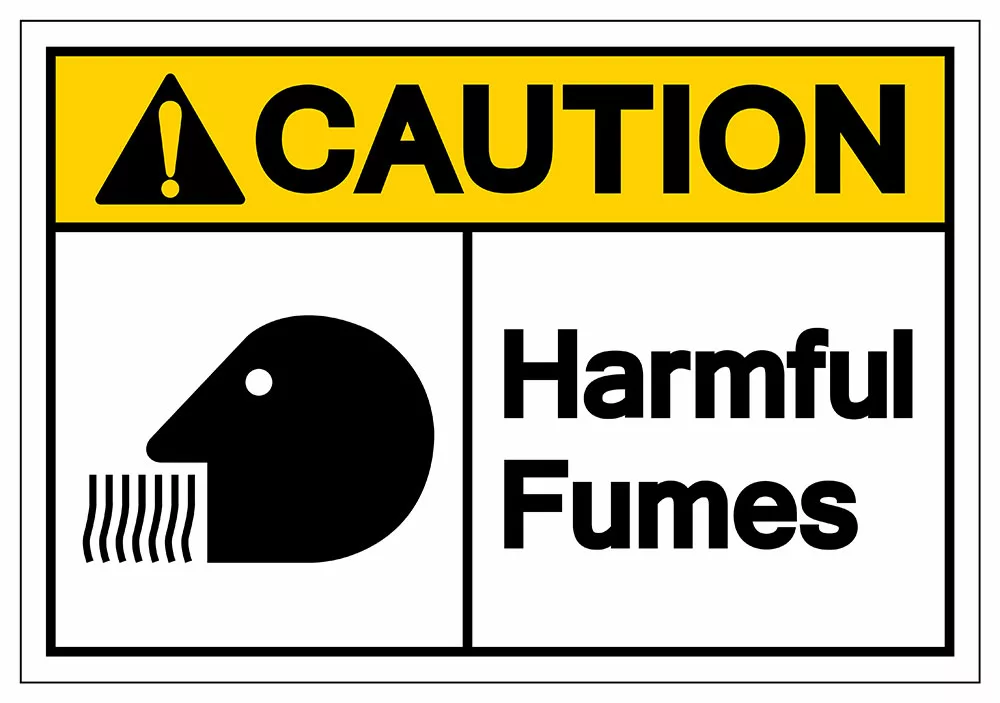Houses have an NM electrical wire for power distributing purposes. These include projects for lights, wall outlets, garages, and sheds.
Of course, other types of NM cables exist, making them suitable for certain use cases. Selecting and installing the incorrect one in the wrong environment can damage the cable.
This article will help you understand NM cables. So let’s get started!
Table of Contents
- Defining The Non-Metallic (NM) Electrical Cable
- NM Wiring Advantages And Disadvantages
- Applications For The NM Cable
- Difference Between The Two-Wire And Three-Wire Non-Metallic Cable
- Non-Metallic Cable Types
- Comparing The NM And NM-B Wire
- The NM-B Electrical Wire And UF-B Electrical Cable: Are These Two Interchangeable?
- Prohibited Installation Areas For The NM Cable
- Summary
Defining The Non-Metallic (NM) Electrical Cable

A nonmetallic electrical cable
A nonmetallic cable (Romex) has a PVC plastic sheath protecting internal copper wires. It groups those wires, including one ground wire and a minimum of two insulated conductors.
Generally, this type differs from a metallic sheathed cable, which features a metal coil that protects internal wiring.
NM Wiring Advantages And Disadvantages
NM cables offer many advantages and a few disadvantages. These make it easier for homeowners to complete their electrical projects at an affordable cost.
Advantages
- The plastic sheathing build makes it easy to cut the cable with a knife.
- You can install NM wiring within plastic boxes
- More affordable than metal sheathing types
- The PVC flexibility allows the NM cable to straighten out easily
- It weighs less than wiring with metal sheathing
- You can fasten an NM cable on housing frames via plastic cable staples
- Easy to feed through stud holes due to the NM cable’s plastic sheathing.
Disadvantages
- Not ideal for outdoor installation or over drop ceilings
- Mandatory protection when placed in areas outside walls or other applications
Applications For The NM Cable

A single-family home has NM cables within the walls.
Professionals often utilize an NM cable for most applications excluding areas requiring conduit. For example, you will find them in single-family and multi-family homes, garages, or storage buildings.
Install this cable inside ceiling and floor cavities, walls, and unexposed areas.
Difference Between The Two-Wire And Three-Wire Non-Metallic Cable
You can categorize an NM cable into two- or three-wire configurations. It generally indicates how many insulated conductors the cable features.
Also, the two-wire and three-wire cables have a bare-copper ground wire. A two-wire cable features a white insulated conductor (neutral wire) and a black insulated conductor (hot wire).
Meanwhile, the three-wire cable comes with neutral (white), hot (red), and black wire.

Example of insulated copper wires protected with an outer PVC sheathing.
Additionally, the cable includes a paper wrap that provides more flexibility and ensures the wires won’t stick to each other. The cable also has a rigid outer PVC heat-resistant and non-conductive plastic sheathing that protects the wiring.
The NM cable package displays the cable’s aspects for easier selection:
- 12/3 W/G comes with three 12-gauge conductors and a ground wire
- 12/2 W/G comes with two 12-gauge conductors and a ground wire
- 14/3 W/G comes with three 14-gauge conductors and a ground wire
- 14/2 W/G comes with two 14-gauge conductors and a ground wire
Non-Metallic Cable Types
Each NM cable type works best in specific environments, ensuring longevity and power delivery. They also have different configurations, making it easier to determine the correct type during your NM cable search.
Building Cable (NM-B)
NM-B serves as the type installed within the ceiling, wall, and floor cavities of your home. However, professionals must install it indoors in dry areas. The outer sheathing comes in different colors, determining the cable’s internal wire gauge.
- Black sheathing: 8 gauge wires (40-60 amp circuits)
- Orange sheathing: 10 gauge wires (30 amp circuits)
- Yellow sheathing: 12 gauge wires (20 amp circuits)
- White sheathing: 14 gauge wires (15 amp circuits)
Underground Feeder Cable (UF-B)
An underground feeder cable is essential for applications requiring underground cable installation. For example, you can transmit power to a garage, shed, or line voltage. The gray-colored UF-B cable has conductors housed within a PVC plastic sheathing.
Service Entrance Cable (SE)

Service Entrance cable.
Electricians install the SE cable above ground so the utility can deliver power to your residence.
Comparing The NM And NM-B Wire
While both types have applications for indoor home installations, the NM-B wire withstands temperatures reaching 90°C ( 194°F).
However, the NM-B wire does not have moisture-resistant qualities. So it must be placed in dry areas and cannot be utilized for incandescent light fixtures.
The NM-B Electrical Wire And UF-B Electrical Cable: Are These Two Interchangeable?
Sometimes you may wonder if the NM-B cable is interchangeable with the UF-B cable for varying applications. While other cable types have that ability, you cannot utilize these instead of the other.
Indoors Or Outdoors
Generally, the NM-B cannot go outdoors compared to the UF cable. Even though both have similar characteristics, the NM-B cable could rot since it lacks protection. If required, the cable can go outside with a conduit.
Meanwhile, you can utilize the UF-B cable in similar applications as the NM-B cable. In that case, it must meet the NEC 2008 and NEC 2011 Article 334 regulations. However, utilizing it instead of the NM-B type carries a higher price tag.
Price
Overall, the UF-B cable costs approximately 20% more than the NM-B cable. So the NM-B is ideal for simple residential indoor projects.
NM-B Wire and UF-B Wire Installation Options

NM-B cables cannot go into a multifamily home.
Multifamily homes and commercial buildings that have three floors cannot utilize the NM-B cable. Additionally, electricians cannot install this cable type in dangerous areas.
Rather, it goes in exposed areas, including basements, garages, and attics. It also must be attached accordingly along the surface.
Avoid installing it in areas where damage can occur. This wire type has protection, like a pipe, conduit, and raceway.
The UF-B wire serves as a direct burial option at easy-to-dig sites. Professionals must install the UF-B cable 24 inches deep to protect it from slight interference. It also requires conduit at the cable’s exposure points.
Prohibited Installation Areas For The NM Cable

Corrosive fumes can damage the NM cable.
Be aware that you cannot install NM cables in these areas. Otherwise, they could sustain damage and no longer work as expected.
- A damp environment
- Where vapors or corrosive fumes linger
- In abode, fill, plaster, concrete, or masonry
Summary
Overall, NM electrical wiring provides power to different applications in a household setting. Of course, the different types are ideal for specific environments.
So ensure you choose the correct type for indoor or outdoor installation. After all, you don’t want to damage the cable due to an incorrect installation method and area.
Do you have any questions regarding an NM electrical wire? Feel free to contact us!
